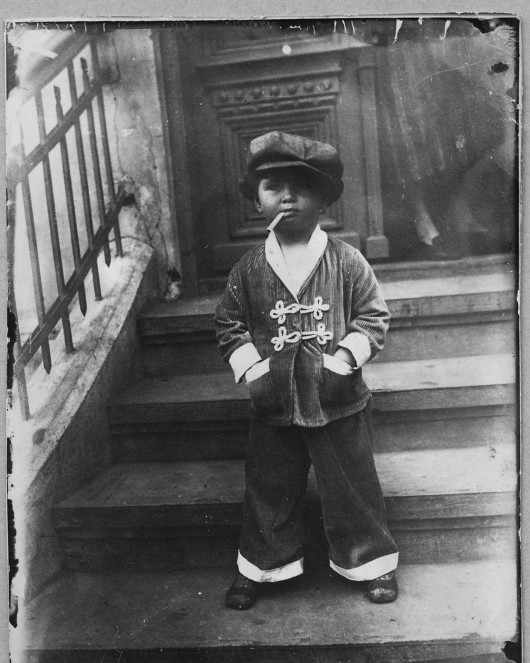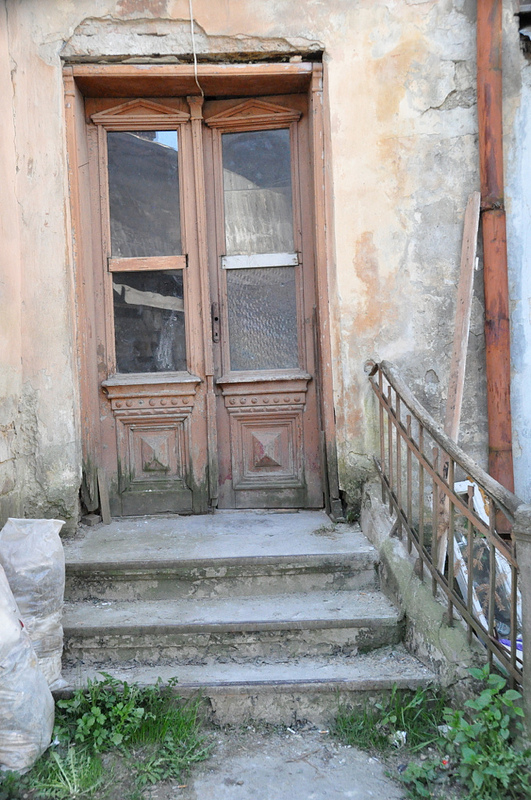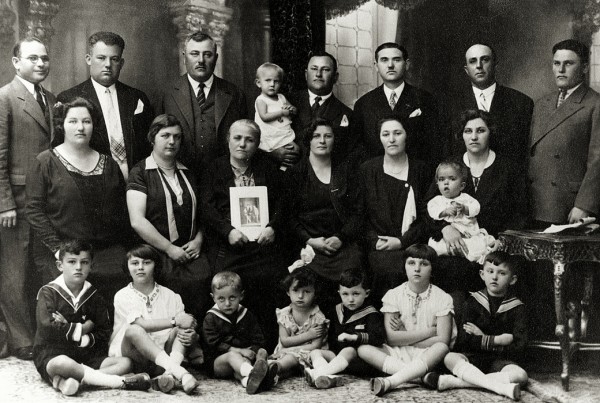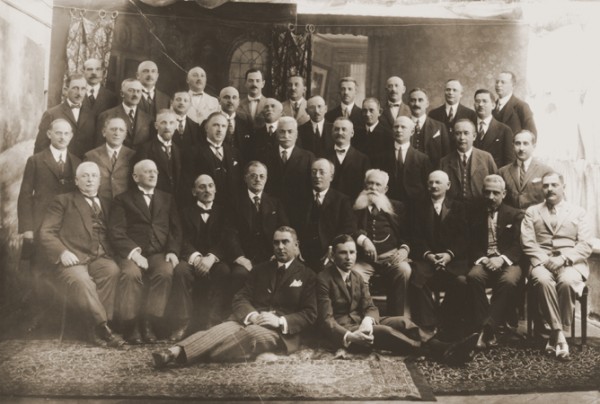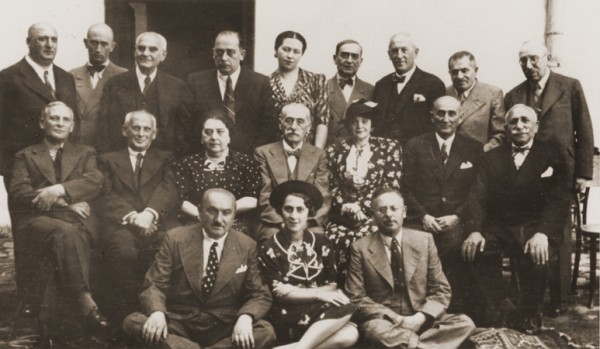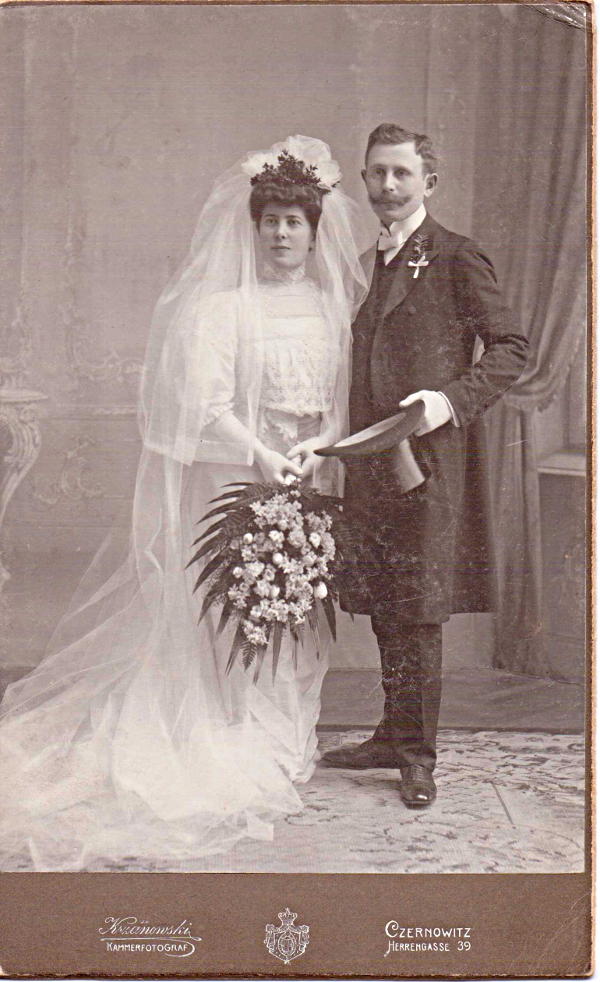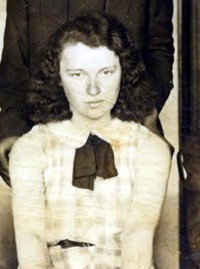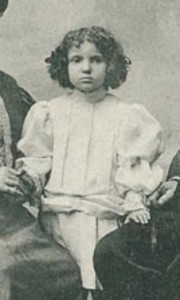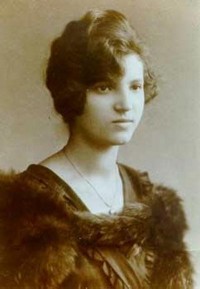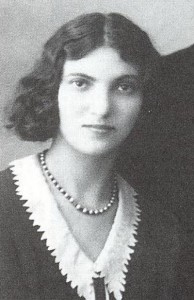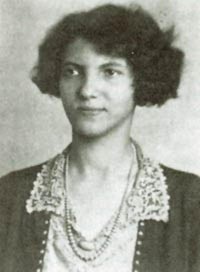From the renowned biography “Paul Celan: Poet, Survivor, Jew” by John Felstiner, Professor Emeritus of English at Stanford University and author of many standard works on Paul Celan, we learn (p. 28) on the genesis of Paul Celan’s “Todesfuge” as follows:
“Celan once remarked, that ‘Todesfuge’ arose from something he read about Jews playing dance tunes in a Nazi camp. He might have seen a pamphlet dated 29 August 1944, on ‘The Lublin Extermination Camp’ (Maidanek). In July 1944 the Red Army took Maidanek, and what they discovered was publicized worldwide, as propaganda. This pamphlet, issued by Moscow’s Foreign Languages Publishing House, appeared in various cities and languages. Written by Konstantin Simonov, it reports that tangos and fox-trots were played during camp functions, and it contains other details suggestive of ‘Todesfuge’.
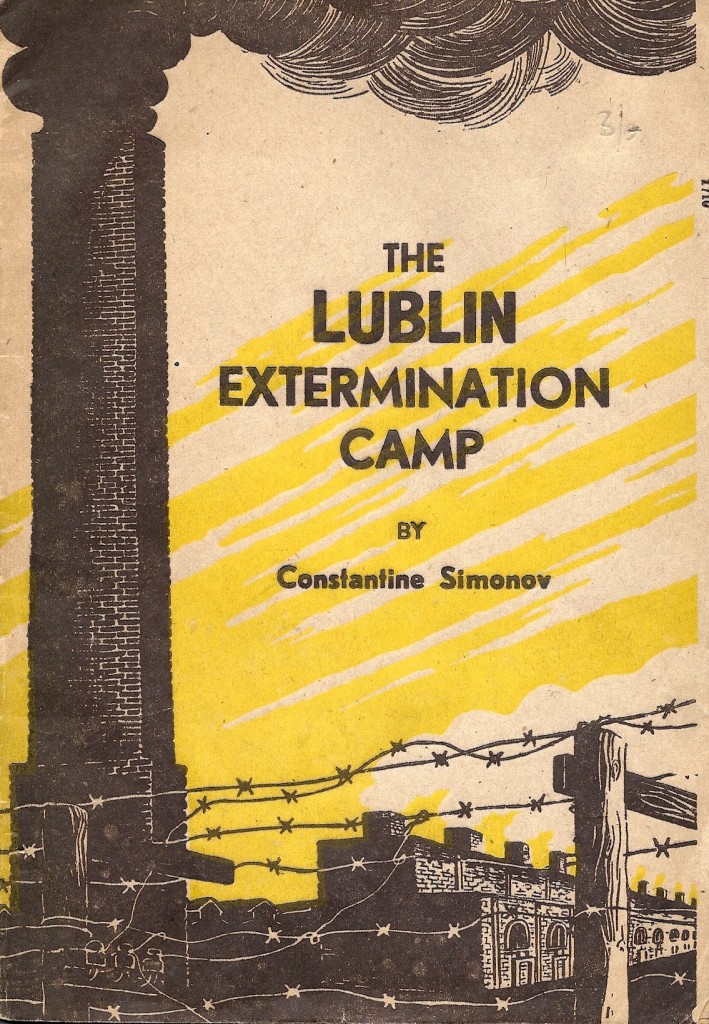
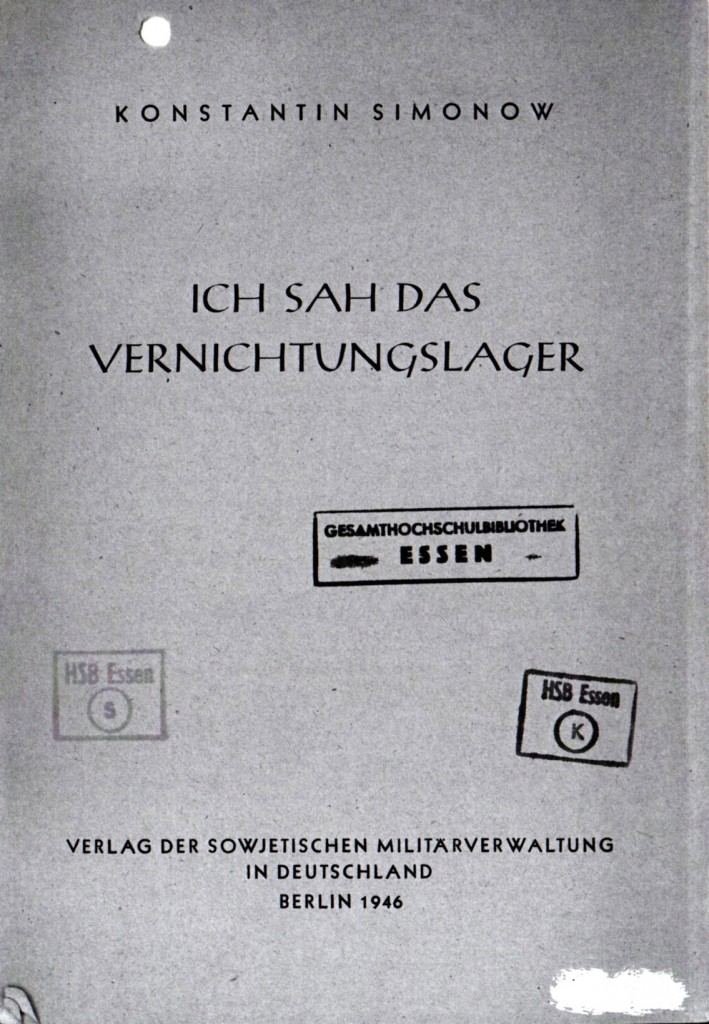
CLICK ON THE FRONT COVERS TO DOWNLOAD PDF VERSIONS OF THE PAMPHLETS
The earliest notice of Celan’s poem may connect it to the Simonov pamphlet. ‘Todesfuge’ first appeared not in German but in Romanian (it was Celan’s first published poem and his first under the name “Celan”). In May 1947, the Bucharest magazine Contemporanul printed Petre Solomon’s translation, prefacing it with the note: ‘The poem whose translation we are publishing is built upon the evocation of a real fact. In Lublin, as in many other ‘Nazi death camps,’ one group of the condemned were forced to sing nostalgic songs while others dug graves.'”
Deathfugue – First Publication (Romanian)
Reasons enough for me to track Konstantin Simonov and – Eureka! – I succeeded to figure out, that Konstantin Simonov visited Czernowitz while touring the fronts in June 1944. His report, headlined “ONLY ONE-THIRD OF CZERNOWITZ’ 80,000 JEWS REMAIN ALIVE, RUSSIAN CORRESPONDENT REPORTS” was published by the Jewish Telegraphic Agency (JTA) on June 21, 1944:
Is it to keen to assume a possible personal meeting between Paul Celan and Konstantin Simonov during his visit in June 1944? John Felstiner wrote:
“I’m grateful for your sharing the news of his visit, and yes, it’s certainly *possible* they met. But who can confirm it? […] If you look at the Preface of my Celan anthology (Norton), you’ll see he wrote to a Czernowitz exile friend in Russia on July 1st, ’44: ‘I’ve come to Kiev for two days…” So at least it appears he may have been in Czernowitz a week earlier. A bit later in my book I mention PC translating Simonov. What a story in the making!”
Just imagine how exciting it was for me, to get such an encouraging feedback! Provided that my guess is correct, we might have identified another small piece of the puzzle related to the genesis of Paul Celan’s “Todesfuge”! But who can confirm it? – Back to you, Czernowitzers!






